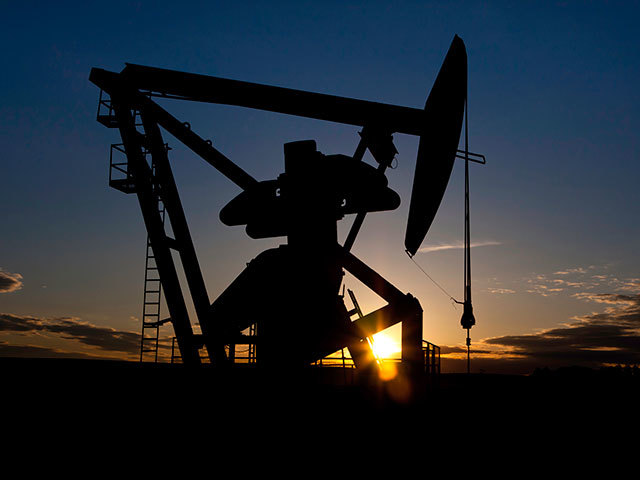
North Dakota, the second-largest oil-producing state in the US, expects output to surge through the summer as more benign weather gives roughnecks extra time to work in the field.
Output rose about 3.6% to 1.04 million barrels a day in May, the state’s Department of Mineral Resources reported yesterday. It was the largest increase since August.
The growth came even as rain and high winds kept well- completion crews out of the fields for several days during the month. Better summer weather will lead to production growth in the region of 5 to 6% a month in June, July and August, said Lynn Helms, director of the state’s Department of Mineral Resources.
“We still expect the big surge to come in June, July and August in terms of completions and some really rapid production increases,” Helms said on a conference call with reporters.
North Dakota is home to the majority of the Bakken shale formation, an underground layer of oil-and-gas-rich rock. High oil prices and improvements in horizontal drilling and hydraulic fracturing technologies have helped output from the state’s portion of the Bakken rise fivefold over the past five years.
Texas, which extracts more than 3 million barrels a day, is the only state producing more crude. North Dakota pumped more oil than three OPEC member nations in May.
Shale wells like those in the Bakken tend to have faster declines in output than traditional wells so it’s necessary for crews to bring more and more wells online each month to make up for the drop and keep production growing.
Creating wells in the Bakken is a two-step process. Drillers make horizontal bores along the shale, and then completion teams inject a high-pressure mixture of water, chemicals and sand to create micro-fissures in the rock through which gas and oil can seep. Bad weather can slow the completion process, curbing production growth.
“During most years you’re going to see a certain amount of seasonality, whether it be weather delays due to cold temperatures in the winter, or when spring rolls around and you see high winds,” Jonathan Garrett, an upstream analyst for Wood Mackenzie Ltd., said by phone from Houston. “When you get to June, July and August you’ll see this acceleration that makes up for the dips earlier in the year.”
Bakken oil production will continue to rise to reach 2 million barrels a day, said Eric Slifka, chief executive officer of midstream company Global Partners LP, which ships Bakken by rail to US East and West Coast refineries.
“Bakken’s got a long way to run in terms of increases,” Slifka said in an interview at the 2014 EIA Energy Conference in Washington yesterday.
About 34% of North Dakota’s oil left the state by pipeline and 59% by rail in May, according to the state’s pipeline authority. That’s the lowest rail percentage since November 2012.
It costs $9 to $10 a barrel to transport oil by train to East Coast refineries, and $6 to $7 a barrel to ship crude by rail to Washington plants, Tesoro Corp. said in a February presentation to investors.
Railed crude competes with foreign imports on tankers, which cost about $1 to $2 a barrel. When foreign prices weaken to smaller premiums to U.S. prices, it becomes less economic to ship by rail.
The premium for European Brent over U.S. West Texas Intermediate averaged $6 to $9 a barrel in the months since February, after averaging $10.65 in 2013 and $17.47 in 2012.
“When you see that Brent-WTI spread narrow, typically you see barrels shift to pipeline and head to more traditional markets than rail,” Justin Kringstad, director of the North Dakota Pipeline Authority, said yesterday on a conference call with reporters.
Bakken oil from North Dakota, priced at Enbridge Inc.’s pipeline hub at Clearbrook, Minnesota, strengthened by 5 cents to $7.20 a barrel below WTI yesterday after earlier weakening to the largest discount since Dec. 31.
The discount of Bakken crude priced at the wellhead to Brent, the benchmark for overseas crude shipped to the US, was $17.80 a barrel at 7:07 a.m. New York time.
Recommended for you
